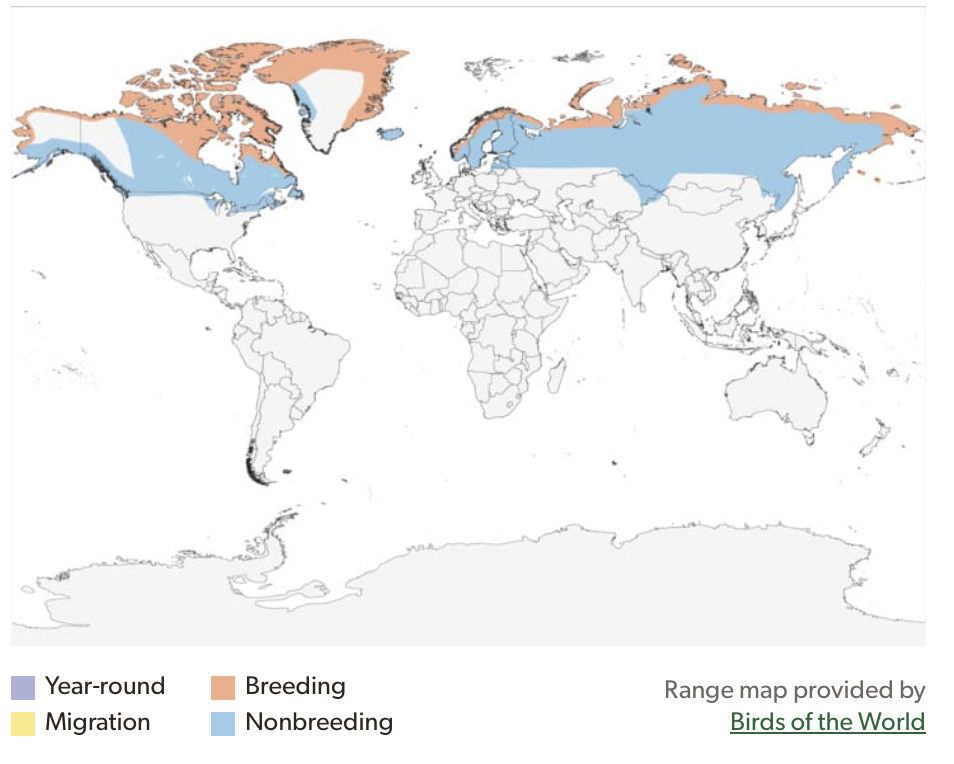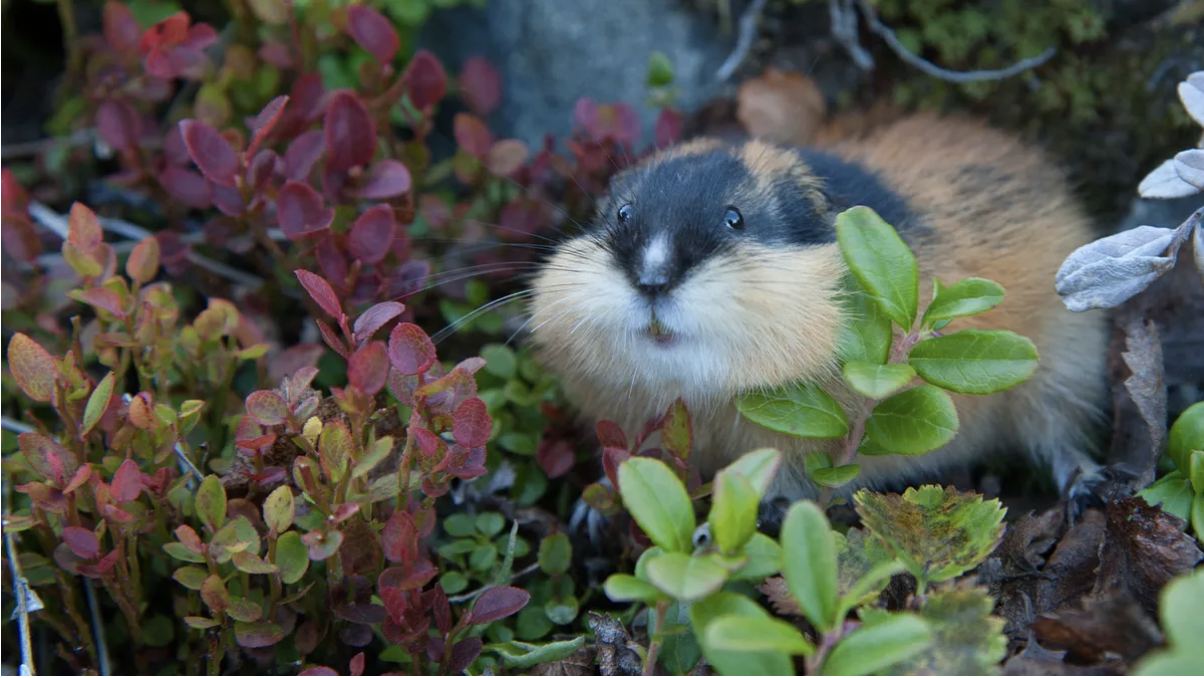The Majesty of Winter: Snowy Owls in the Pacific Northwest
As the winter chill settles across the Pacific Northwest, a rare and regal visitor graces our open fields and coastal dunes—the Snowy Owl (Bubo scandiacus). With their striking white feathers and piercing yellow eyes, these Arctic wanderers captivate bird enthusiasts and nature lovers alike.
Snowy owls are a true winter wonder, traveling south from their breeding grounds in the tundra during colder months in search of food and milder conditions. Their arrival offers a unique glimpse into the lives of one of the world’s most iconic and mysterious birds.
In this feature, we’ll explore the snowy owl’s fascinating migration patterns, adaptations for winter survival, and their critical role in the ecosystems they visit. We’ll also share tips for spotting them in the Pacific Northwest and how you can contribute to conservation efforts.
Bundle up and join us as we delve into the story of this majestic bird, a symbol of winter’s beauty and resilience.
Migration patterns:
Snowy owls exhibit a range of migration patterns, often traveling from their Arctic breeding grounds to more temperate regions during the winter. These movements vary yearly, influenced by factors such as prey availability and weather conditions.
According to data from the Cornell Lab of Ornithology’s All About Birds, snowy owls are primarily found in northern parts of the United States, with sporadic appearances as far south as Texas during years of extreme irruptions.
Figure 1. Distribution of Snowy Owls in the World, to include breeding ranges.
Figure 2. Distribution of Snowy Owls in North America, including breeding ranges.
The primary habitat for the Snowy Owl is the Arctic Tundra, this form of habitat is extremely harsh and is defined as the following: “Tundra ecosystems are treeless regions found in the Arctic and on the tops of mountains, where the climate is cold and windy, and rainfall is scant. Tundra lands are covered with snow for much of the year, but summer brings bursts of wildflowers” (Nunez, National Geographic, 2019).
Adaptations for Winter Survival:
Because the Snowy Owl often lives in the Arctic Tundra, their adaptations are specific (like any animal) to its habitat. Adaptations are physiological changes that occur over generations to increase fitness. Fitness being the biological term for the ability to reproduce and offspring ability to survive. A big theme in biology is an animal’s ability to adapt, reproduce and increase fitness. One important thing to point out is that mutations are random and don’t necessarily increase fitness (potentially deadly even) and mutations are often adaptations that are positive.
General Owl Adaptations:
Head Rotation: Owls can rotate their heads 270 degrees, allowing them to compensate for their immobile eyes and scan their surroundings with precision.
Night Vision: Large, light-sensitive eyes enable them to hunt effectively in low light, a critical adaptation for species living in regions with extended periods of darkness.
Silent Flight: Specialized wing feathers reduce noise during flight, giving them an advantage when hunting prey.
Snowy Owl-Specific Adaptations:
Snow Camouflage: Their white plumage blends seamlessly with snowy landscapes, providing both protection and stealth in hunting.
Insulation: Dense feathers cover their entire bodies, including their legs and feet, conserving heat in freezing temperatures.
High-Calorie Diet: Snowy owls consume up to a pound of food daily to sustain their elevated metabolic rate. Their primary prey, lemmings, provides the energy needed for survival in harsh conditions.
All Adaptions are sourced to the Owl Research Institute.
Critical Role in Ecosystems:
Snowy owls are apex predators in their habitats, playing a vital role in regulating prey populations.
Rodent Control: A single snowy owl can consume up to 1,600 rodents per year (Lawlor, Oceanwide). By keeping rodent populations in check, they prevent overgrazing and maintain vegetation health, which benefits the broader ecosystem.
Keystone Species: Their predation impacts prey dynamics and influences the population sizes of other predators that rely on the same food sources.
The snowy owl’s dependence on lemmings is so significant that lemming population cycles directly affect snowy owl breeding success. This predator-prey relationship underscores the interconnectedness of Arctic ecosystems.
Lemming, primary prey for Snowy Owls
Spotting Snowy Owls:
Catching a glimpse of a snowy owl is like finding a four-leaf clover—they are elusive and often inhabit areas far from human activity. However, during colder winters, they may migrate to the Pacific Northwest, offering birdwatchers a chance to observe them in coastal and mountainous regions.
To improve your chances:
Visit open, snow-covered areas like agricultural fields, coastal dunes, or quiet mountain trails.
Use tools like the eBird database from the Cornell Lab to track sightings in your area.
Figure 3. Active sightings map of the Snowy Owl from eBird Observations via the Cornell lab 2019 - 2024, link. This is updated periodically, the above is a screenshot from time of posting this blog.
Conclusion:
The snowy owl is more than a symbol of winter’s beauty—it is a cornerstone of Arctic ecosystems and a reminder of the fragility of our planet’s biodiversity. By learning about this remarkable bird, we not only deepen our appreciation for nature but also take a step toward protecting it.
As climate change continues to alter ecosystems, the snowy owl’s survival depends on our commitment to conservation. Support organizations like the Cornell Lab of Ornithology and the Owl Research Institute, and consider participating in citizen science projects to aid ongoing research.
Together, we can ensure that future generations will also marvel at the majesty of the snowy owl.
Resources to Explore:
Cornell Lab of Ornithology: Offers species information, ID tools, and migration maps. Try their app, Merlin Bird ID, for quick identification.
Owl Research Institute: A premier resource for detailed information on owl ecology and behavior.
For more features on Pacific Northwest wildlife, visit Callahan Wildlife, where science meets community engagement!




